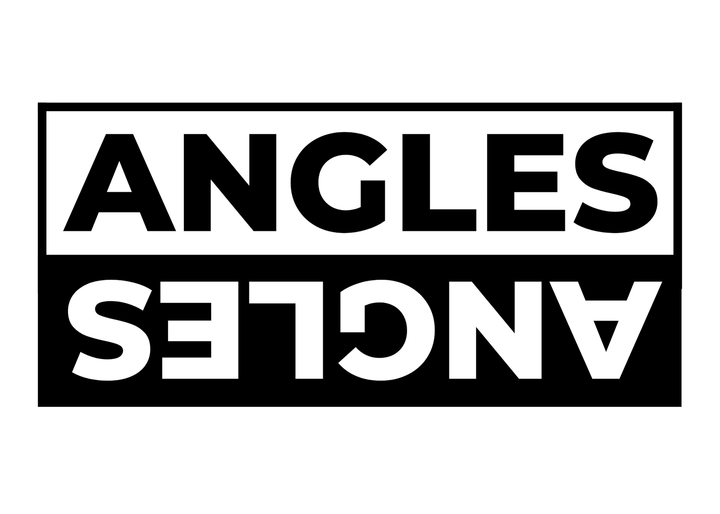NIH cuts destabilize institutional research that underpins modern medicine

When I asked my mom and dad this week how many different chemotherapy drugs my oldest brother has been on in his 20 years of life, they had a hard time answering the question.
Dad said he thought maybe seven with a couple of repeated treatments on certain ones, but he also said Mom might remember better. She said eight or nine. I suppose the shortest answer is a lot more than the average person.
My brother Ryan was born with a genetic condition called neurofibromatosis type 1 (NF1). I always explain it to people like this: “Neuro” means nerve, and “fibroma” means tumor. A bit of an oversimplification, perhaps, but the long and short is that it’s a condition that causes benign tumors on the nervous system.
Because the nervous system runs throughout the entire body, the symptoms of NF1-affected people can vary incredibly widely. Often, the disease isn’t severe, and it rarely affects life expectancy.
It might be fair to say that Ryan got unlucky. He has an inoperable tumor near his optic chiasm — for all intents and purposes, dead center of his brain. He’s worn Coke-bottle glasses since he was a toddler, and the size of the text on his phone is set at maximum.
Arguably worse than the location of his tumor is that, for reasons beyond any of us, my brother’s NF1 could generously be called stubborn. The usual chemotherapy treatments that reduce tumors for others have proved less effective for him — so much less effective, in fact, that his pediatric oncologist once presented his case at a national conference to a room full of other medical experts.
The result of this resistance to treatment has been a long line of various drugs with wide ranges of symptoms and success. His treatment with one of those drugs, which he was on for two years while we were in high school, was part of a research trial. I remember it sinking in at that point that the usual stuff really must not be working, that we were willing to try something which wasn’t yet FDA-approved for treating his condition.
But regardless of my youthful apprehension, at the end of 2020, Ryan’s tumor had decreased in both size and enhancement — an indication of less blood flow to the tumor, which can be a positive sign of less growth or activity — while on the trial drug.
Since that year, two other drugs from the same medical class have been approved for use in NF1 treatment. He’s been taking one of them since last summer, when he spent two months in a Minneapolis pediatric intensive care unit followed by another month in a Sioux Falls rehabilitation center for complications related to his tumor.
As we finally settled into our new version of normal last fall — Ryan back to our family home in Mitchell, me back to Augustana — I began to notice a disturbing shift in the national news I was seeing.
Before President Donald J. Trump was even re-elected, his characteristically unclear budgeting platform concerned me. I’m in favor of cutting government spending in general, but I wasn’t sure I trusted his prospective administration to cut where I thought it wise or, worse, to preserve our institutions of education, science and health.
My fears have proved well-founded after Trump’s election and throughout the rollercoaster ride of 2025. On Feb. 7, the National Institute of Health (NIH) announced its intention to cap indirect costs — which cover equipment purchases, the salaries of support staff and more — for medical research at 15%, which would effectively translate to cuts of over $4 billion for institutions nationwide. In April and May respectively, the Department of Energy and the National Science Foundation made the same announcement of indirect cost caps at 15%.
For reference, Harvard University, which is widely considered one of the leading research institutions in the world, reports an indirect rate of 69%; in fiscal year 2024, Harvard received over $488 million in funding from the NIH, a third of which is delegated to indirect costs.
The NIH estimates that the institutional average indirect rate is over 28%. At best, these caps from three government departments that directly support scientific research would mean millions of dollars in lost funds for institutions across the country and tens or hundreds of millions in losses for leading names like Harvard.
All three attempts to institute caps have been repeatedly blocked by federal judges and remain tied up in courts, but the potential for lasting damage to our nation’s structure of institutional research remains very real.
The NIH has also canceled thousands of research grants over the course of the summer, totaling losses well into the billions. The Trump administration reports terminating between $6.9 and $8.2 billion in grant money, but some estimate that the truth is as much as $9.5 billion.
These changes have been destabilizing on a national level. Thousands of researchers have been let go or fired. One poll of over 1,600 scientists in March saw a 75% majority report that they are considering leaving the United States entirely in order to find work elsewhere. Such overwhelming cuts to funding threaten the careers even of those who would like to stay.
Michael Lauer, a former deputy director for extramural research at the NIH who retired in February, called the situation “an absolutely unmitigated disaster.” He went on to say, “It will take decades to recover from this, if we ever do.”
Taken as a whole, these devastating numbers are evidence of one thing: the anti-science rhetoric and accompanying suppressive actions of our federal administration have never been so drastic.
It is not the fact that we are reevaluating budgets which concerns me but where our national priorities are revealed to be as change is made. I trust deeply in the institutional academia that supports this country in myriad ways, and no matter how hard I try to believe that it will prevail, I find myself unsettled by the insecurity of this situation.
What if my brother Ryan had not had access to the trial treatment on which he saw such progress? That study was a part of one of many trials dedicated to a certain medical class of drug, two of which have now been approved for the type of treatment that he needs. He’s on one of them now. What if his current treatment had never been supported by enough research to meet the standards for approval?
What if, someday, my brother needs a treatment that we cannot get?
This kind of terrifying what-if scenario will quickly become our reality if we do not stand up and speak out in defense of the research that lays the foundation for modern medicine.
In fact, it has already become reality for many: The Pediatric Brain Tumor Consortium — an association of 16 academic institutions and hospitals that lead the nation in research on pediatric brain cancer — has stopped enrolling patients in research trials because it is no longer eligible to apply for funding from the National Cancer Institute, which is part of the NIH, after March 2026.
Already, there are families like mine across the country wondering where their child’s next treatment is going to come from. I feel a similar fear of this instability, one which squeezes my heart in my chest whenever I look at my brother.
I firmly believe that it is possible to trim government spending without crippling the scientific institutions that have long driven our nation forward with their vital contributions to research. Refusal to continue investing in medical science does not solely represent refusal to invest in institutional academia: It is a refusal to invest in a stable, healthy future for ourselves and those we love.



